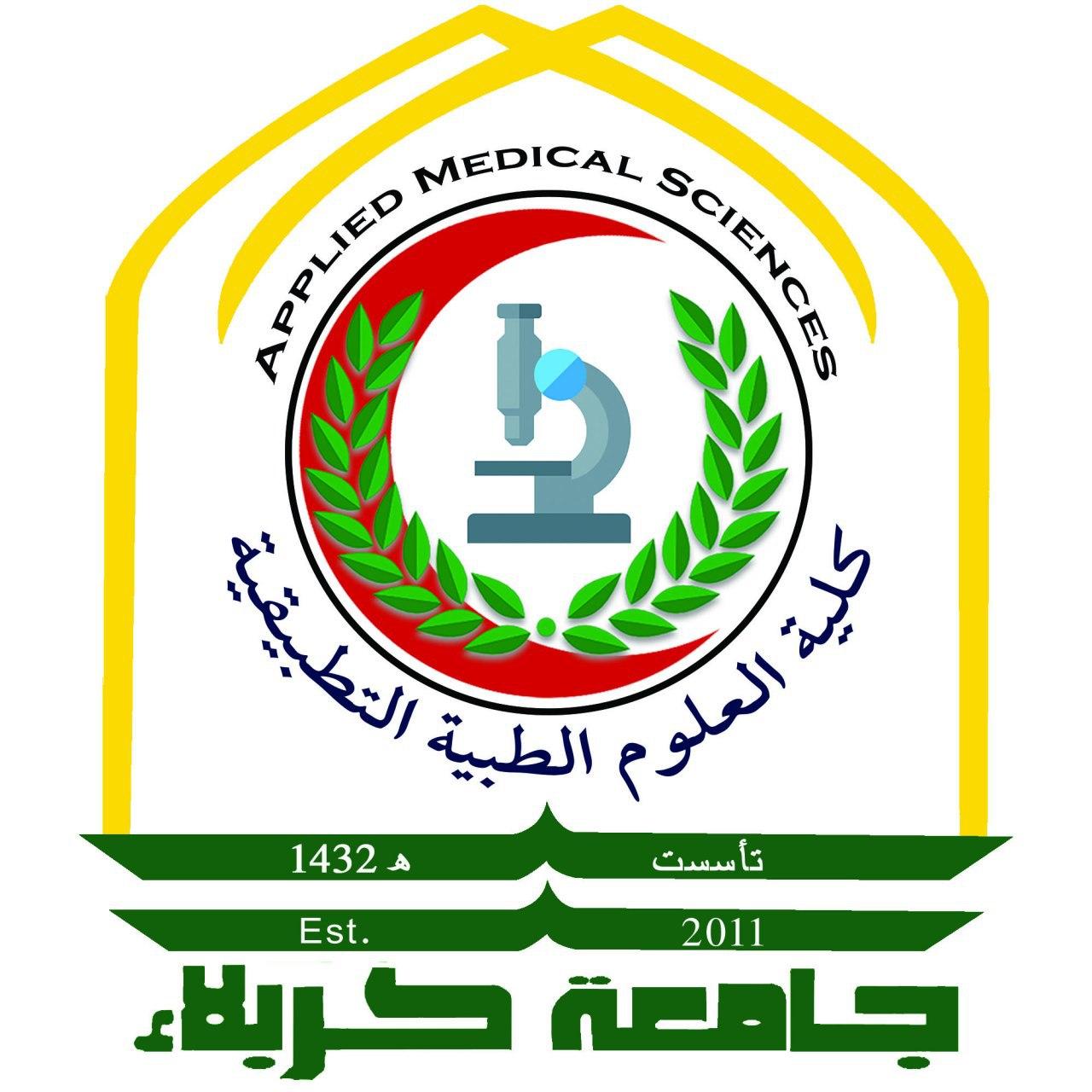Hospital Building and Healthcare Associated Infections (HAIs) in terms of total contamination data and cases grouped by department/areas
Shadha M. Abbas Al Asadi 1
1 Environmental and Biomedical Science Department, Applied Medical Sciences College, Karbala University, Iraq.
ABSTRACT
Objective: This study includes investigations on hospital building and healthcare associated infections (HAIs) in terms of total contamination data and cases grouped by department /areas. Methods: The paper contains two parts; i) a literature background study on the importance of keeping hospital buildings within the healthcare standards, and ii) a survey accomplished in the period from January 2015 to January 2016 on total contamination data and cases grouped by department/areas in a local hospital. To include; Department of Burns, General Operating Theatres, Accident and Emergency, Kitchen, Orthopedic, ENT, Urology, Intensive Care, Medical Instruments Manufacturing College, Cardiac, Dermatology, Endoscopy, General Surgery and Neurosurgery. Results: From the literature study, the design of sustainable healthcare buildings, such as hospitals are important to avoid Sick Building Syndrome (SBS) and they should be seen as financial and as part of health treatments. A hospital should not be a place that people go and get sick in. Healthcare Associated Infections (HAI), affect 1 in 10 UK hospital admissions who spend on average 2.5 times longer in hospital and cause 5000 per annum deaths at a cost of a billion pounds. From this study, the investigations provide microbiology swipes data to include the types of bacteria, which caused HAIs. The highest contamination rates in descending order were found in Department of Burns (52), the general operating theatres (42), Accident and Emergency wards and theatres (36), and the kitchen (22). By organism, Staph. aureus (46), followed closely by Staph. epidermidis (42), were the two most commonly isolated contamination organisms from the swipes. The data regarding contaminated swipe locations identifies the patient bed (46) and ventilation (31) as the two most contaminated areas in the hospital. Conclusion: In hospitals, professionally & technically skilled medicine doctors and health team members apply their knowledge and skill with the help of technology to provide quality care for the patients; therefore, more measures need to be implemented to minimize the contamination rates in the departments and area where the rate is high..
[/mhc_text][/mhc_column][/mhc_row][/mhc_section]




























































